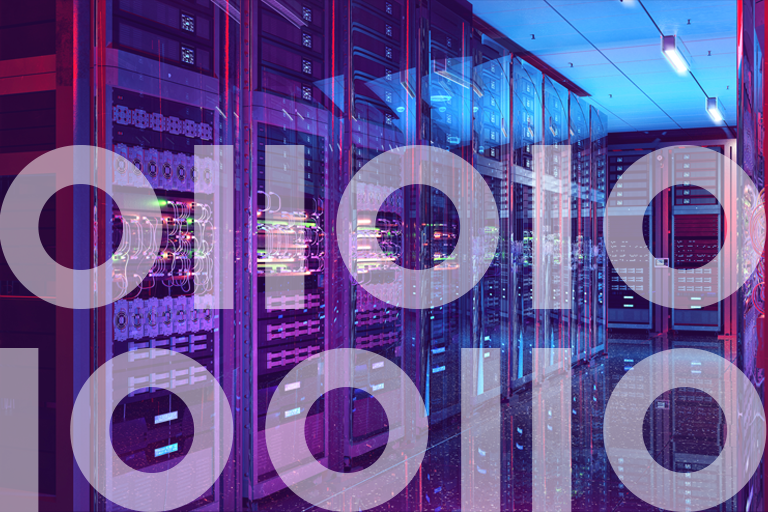To many people, seeing the two words “Mainframe” and “modern” in the same sentence would be a total surprise. Surely mainframes were modern back in 1950’s or 1960’s when IBM started producing them. But during the past couple of decades, some organizations deemed mainframes to be so old and outdated that quite a few institutions (especially banks) tried to decommission them and move to the newer distributed architecture.
Amazingly however, decades after, not many of those businesses actually unplugged their mainframes. And IBM, after quitting the production of PC and servers, is still making new mainframes and offering new innovations on them!
Although I can still vividly remember the pessimistic comments like “the mainframe is dying” or “there is no future for a mainframe programmer” I heard when I started my job at Precisely 20 years ago, at least in the foreseeable future it seems the love-hate relationship between the users and the mainframes will continue.
As a veteran in the mainframe field, I have pondered the question as to what caused people to “hate” mainframes. A common complaint about mainframe is related to its “complexity.” This mostly reflects the complexity felt by the users, which means the old user interfaces didn’t do a good job encapsulating the underlying intricacies like the modern technologies do. For example, the “green screens” can be intimidating to new users. Companies had to bring back retirees to work on mainframe projects because new developers did not have the skills or interest in those “green screens.” It appears modernizing the interfaces can be key to bringing back the popularity for mainframes. And thankfully, we now have Zowe for this exact purpose.
What is Zowe?
Zowe is an open source software framework that aims to bridge the gap between modern applications and mainframe.
At its core, Zowe includes the following three components:
- Zowe App Framework
- API Mediation Layer
- Zowe CLI
Zowe framework at a glance
The Zowe App Framework provides a web desktop which contains Apps/Plug-ins allowing access to z/OS functions. Base Zowe includes plug-ins for traditional access such as a 3270 terminal and a VT Terminal, as well as an editor and explorers for working with JES, MVS Data Sets and Unix System Services.

Right after Zowe was announced in 2018, we successfully installed it. We did encounter some difficulties at the beginning of our installation since it was the first version, but since then, the installation process has been significantly improved. After the installation, our young developers couldn’t wait to try it and they loved USS Explorer, MVS Explorer and JES Explorer since these plug-ins enabled them to create and delete files, develop code and submit jobs the same way like they are using Notepad on windows. And for people like me, the “Green Screen” lovers, we can still enjoy TN3270 and VT Terminal that Zowe provides.
The API Mediation Layer provides a gateway that acts as a reverse proxy for z/OS services. Base Zowe services include accessing and managing MVS Data Sets, JES and z/OSMF through REST APIs. From the API Catalog plug-in on Zowe Desktop, application developers can view what services are running in the API Mediation Layer. The API Catalog also provides the associated API documentation corresponding to a service, descriptive information about the service, and the current state of the service which can help the developers to develop the code.
Zowe CLI provides a command-line interface that lets developers interact with the mainframe remotely and use common tools such as Integrated Development Environments (IDEs), shell commands, bash scripts, and build tools for mainframe development. At Precisely, we have teams using VSCode to develop products on the open system side. The VSCode Extension powered by Zowe CLI can let our developers explore data sets, view their contents, make changes, and upload the changes to the mainframe, giving us consistent Dev-Ops experience from mainframe to other platforms.
Precisely’s approach towards Zowe
Precisely is working with The Linux Foundation and is part of the Open Mainframe Project group to identify areas where we can contribute to maturing Zowe’s platform and making its benefits more achievable for our customers. Precisely’s Zowe conformant contributions including REST APIs providing access to our products and plugins for Zowe CLI are also part of our road map discussions.
Precisely has been seeing multi-cloud as a mainstream strategy. According to Precisely CTO Tendu Yogurtcu, “Enterprise adoption of hybrid cloud is increasing.” Organizations are using the cloud and the mainframe together in a hybrid IT approach with back-end transaction processing handled by a mainframe. This type of approach requires consistent user experience which Zowe enables. By using Zowe, non-mainframe developers can easily use the open-source industry-standard tools they are already familiar with, including Web UI, REST interfaces, CLIs and VSCODE, to access mainframe resources and services. And this is the key to mainframe-using organizations being successful in the future — as those new developers no longer need to have extensive prior mainframe experience.
Precisely offers mainframe solutions to help optimize performance. For more information, check out our white paper: Getting the Most Out of Your Mainframe







